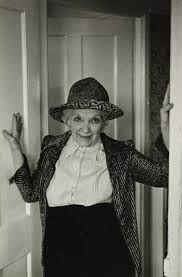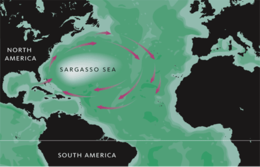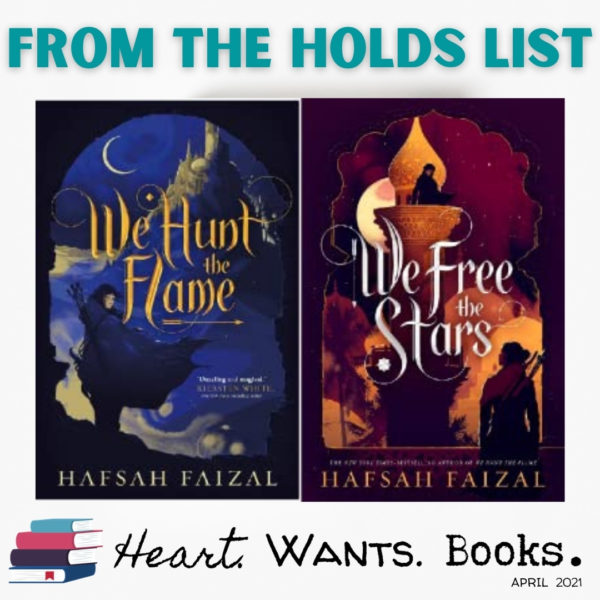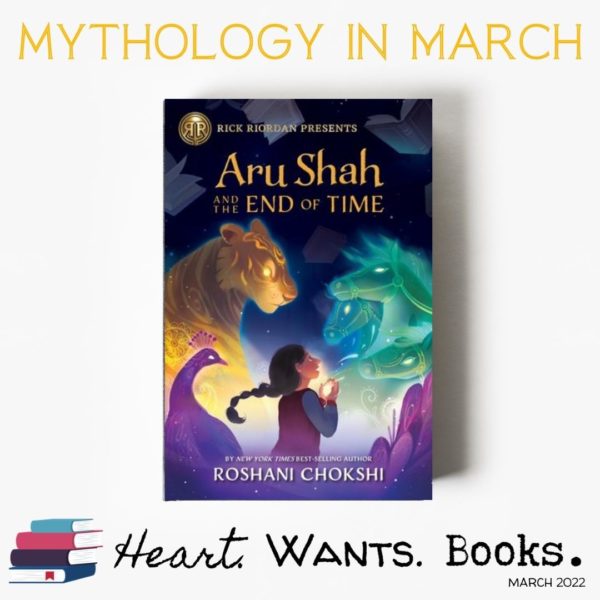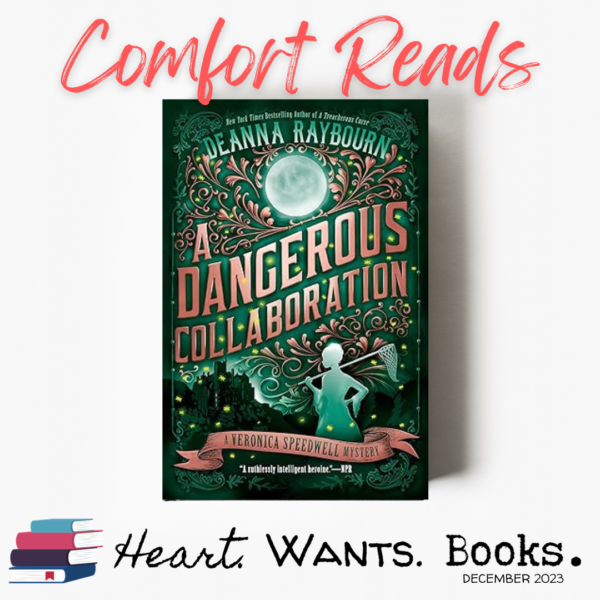Wide Sargasso Sea by Jean Rhys January 21, 2021

The following post includes affiliate links. More details here. As you’re doing your Amazon shopping, we’d be ever so grateful if you’d use our affiliate link to do so as it helps pay the bills around here!

Darling readers, do you ever read a book and really want the other perspective? We do sometimes, like last week, and this week, with our Jane in January titles. But also, we love an alternative Point of View chapter, like when Sarah J. Maas throws us a couple in her A Court of Thorns and Roses series. They pop up just when you need them, but also, say it with me here: “I want more!” That’s just one of many reasons I’m excited for A Court of Silver Flames in less than a month, but also it’s because I’m looking forward to more Prythian, and to chatting all about it with you on Friday, February 12 at 7:30 p.m. CST. Will we finish the books? Who knows, but we’ve read them so many times, it’s fine! Also, I’ll only tell at virtual book club, so sign up here to find out!
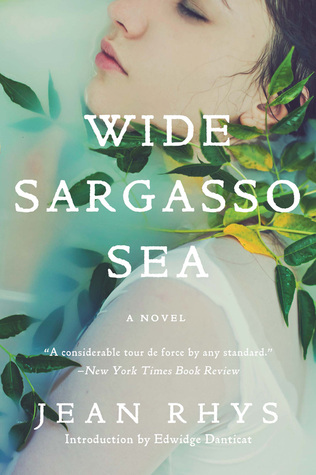
Shocker of shockers, I first heard about Jean Rhys’s Wide Sargasso Sea on What Should I Read Next Podcast with Anne Bogel a couple of years ago, and consumed this complex text about a month later. At that time, here’s what I had to say about the text:
This was not what I expected, but it’s what I should have expected. The writing is gorgeous, the backstory of Bertha Mason is really interesting. I liked learning her origin story as well as how she and Mr. Rochester meet. While I feel for her, I don’t like her. I don’t like him and how he’s portrayed in this story. I’m glad I read it, but I won’t be reading it again any time soon.
Fast forward two years and this 1966 novel needed to be a part of Jane in January and I am not sorry I reread it. Reading Rhys’s tale far removed from Jane Eyre was a very different experience than reading it with such close proximity to the original (and the different / more thorough bit of backstory of Mr. Rochester).
Independently, Wide Sargasso Sea is the story of a white girl whose family was financially ruined when slavery ended in Jamaica. We get a glimpse of her as a child, then her mother remarries (as her father dies before the story opens), drama ensues, and tragedy erupts, and she’s sent to convalesce with her aunt in Spanish Town and then attend school at a convent nearby. Then we shift ahead to her mother passing and her step father bringing her out of the school to marry and the story focuses on her honeymoon. Finally, we get a brief glimpse of her life as an invalid in England before her tragic end. If you know the story, you can follow along and see the pieces. It’s tragic, complicated, heartbreaking, and so beautifully written it makes me want to consume Rhys’s backlist, if only I could access it easily. Reader, I might purchase her backlist, in dead tree form. That’s how much I enjoyed the writing of this book.
But wait, there’s more. The man Antionette (who we know as Bertha) marries is never named in the book, never! I adore that Rhys flipped the script in Wide Sargasso Sea and made it all about Antoinette and her trauma-filled life that we see glimpses of in Jane Eyre. I also adore that we have an unnamed male character (in contrast to the Bible’s myriad of unnamed female characters, thank you Jamie B. Golden). It’s not about him, and Rhys is very clear on that point. Although he does narrate most of the honeymoon, he’s really just along for the ride and figuring out all that he doesn’t know, all that he’s been tricked into being intimately connected to for as long as they both shall live.

If we’re holding up Wide Sargasso Sea critically to Jane Eyre (the way it seems Sarah Shoemaker held up Mr. Rochester), it isn’t a smooth fit. In Wide Sargasso Sea, Mr. Mason is Bertha Antoinette Cosway’s step father, not biological father, and the time frame is very different, with the main part of the story taking place around 1839, five years after the end of slavery in Jamacia. According to the footnotes of the Norton Critical Edition of Wide Sargasso Sea, Jane Eyre is “set” in 1818 or 1819 and tells of what happened from 1798 to 1808. Regardless, Jane Eyre is definitely looking back from beyond the story to the beginning, and as it was published in 1847. Even if Jane Eyre was narrated in 1845, at the end we are years past the fire, which was, if I recall correctly, 15 years after Rochester returned from Jamaica, so Rhys’s timeline doesn’t work, but it’s really interesting to consider.
Rhys has other things to tackle in Wide Sargasso Sea than fitting a nice, neat backstory for Mr. Rochester. By focusing on Antoinette, she highlights the tragic background of how Bronte’s Bertha came to be so…mad, which is at the hands of her tragic childhood. In Rhys’s tale, her father was dead, her mother was crushed by grief and the care of a sickly child, unable (or unwilling) to be bothered with Antionette’s wellbeing. We also get a glimpse of the woman who took care of Antoinette and her family when her mother could not – a black woman – a former slave, who practices obeah-voodoo magic, and does what she can for Antoinette when she doesn’t have to any more, and is a great influence on her. Her stepfather, Mr. Mason comes in to highlight the differences between the slave owning planters and the colonists seeking their fortunes amongst the ruined estates. There is also the opportunity in the text for the reader to learn of Antoinette’s half siblings, those her father had with women other than his wives who are now part of the “colored” community (read of mixed ethinic heritage). We also see (if we’ve recently read Jane Eyre) Rhys’s perception of the contrast between Jamaican and English servants, as “he” says “However much I paid Jamaican servants I would never buy discretion.” It is clear that Rochester does not understand Jamaica and much that goes on there in Rhys’s view.
As she was born on Dominica in 1890, the daughter of a woman whose grandfather had been a slave holder, Rhys has feelings about the 1830s and how the events of that decade shaped her family and influenced her life. I want to recognize the privilege she has in going to England to school, living through two World Wars, and being able to be a writer, when many of those affected by the rapid changes in the 1830s, particularly the former slaves and their descendents had/have an impossible path ahead, filled with more injustice. I also want to acknowledge that the pieces of what Rhys writes about in Wide Sargasso Sea are things that, even if one adjusts for the timeline differences, Bronte didn’t tackle in Jane Eyre. There was no mention of slavery in the new world, during Rochester’s time in Jamaica, or how it added to his riches. While this is surely not the rest of the story, it’s another interesting perspective that enriches the tale and offers a new lens through which to look at Rochester and his relationship with Bertha. I don’t like him any more than I did last week, and I still wonder, reader, why did she marry him?
What titles have you read that enriched your perspective but still left you with many unanswered questions?
~Nikki
Jean Rhys was born in 1890 in Roseau on the island of Dominica in the Caribbean as Ella Gwendolyn Rees Williams. At sixteen she was sent to her aunt in England to finish her education. After her father died she became mistress (yes, demimondaine, a kept woman) to a wealthy stockbroker in London which is when she also started writing. During WWI she served as a volunteer in a soldier’s canteen and after the war at a pension office. She had three husbands, the first she divorced after 10 years of marriage and two children, the other two left her a widow. Her debut short story collection The Left Bank and Other Stories was published in 1927 before her divorce, under the patronage of English writer and editor Ford Madox Ford. Rhys’ next works are her novels, Quartet (1928), After Leaving Mr. Mackenzie (1931), Voyage in the Dark (1934) and Good Morning, Midnight (1939). Once WWII began, she retired from writing and public life until she was sought out in 1949 because Good Morning, Midnight was wanted for a radio show. The encouragement and respect of her earlier works inspired Rhys to begin writing again which led to 1966’s Wide Sargasso Sea and it’s winning the W.H. Smith Literary Award in 1967. Two more collections of short stories were published before her death in 1979. In 2003 Polly Teale’s book and play After Mrs. Rochester is based on Rhys’ life and her most famous work Wide Sargasso Sea.
In the majority of her works, Rhys depicts a female protagonist who has been abandoned and made an underdog in some way, which is certainly the situation for Antoinette Cosway Mason of Jamaica. Young Antoinette’s father died leaving his young second wife and their two children destitute after the slavery ended. Antoinette is also abandoned by her mother in succumbing to grief and madness as well as by her Aunt Cora whose frailty didn’t allow her to care for her niece as she wished, so Antoinette was sent to a convent for education. The only person who doesn’t abandon her is Christophine, her black nurse and former slave, even though they were apart for Antoinette’s education.

I was intrigued at the way fire presented itself in the novel. Fire is first mentioned by Antoinette when she played with her black companion Tia as a young child and they ate boiled green bananas together at the bathing pool. Let’s just say that there’s some fire involved in the ‘drama and tragedy’ that Nikki mentions above… it could be terrible and scary, it could just be some letters in a fireplace, I won’t tell. But then on the honeymoon, the availability and use of candles echoes the light and dark places of the marriage relationship. These glimpses of fire echo in Bronte’s Bertha who uses fire to show her displeasure of Rochester’s choices and dare I say very existence. This is not surprising given Antoinette’s treatment by her husband to a marriage that is young and yet lifeless and loveless.
Every crisis in Antoinette’s life is punctuated by the undeserved cruelty of a black girl near her same age. Yes, I am making the assumption that Rhys wanted to reflect the undeserved cruelty towards blacks onto one of more privilege. Tia caused her pain when she was a young child, Myra as a girl, then Amelie as a young married woman. Something she loves is taken from her in each situation and she is innocent of the cruelty shown to her. Is it a surprise that she then goes mad at the lack of control and unwarranted cruelty that life has thrown at her? Is it a combination of grief and madness, perhaps – probably. But don’t we all go a little crazy in our own minds and just have the ability to not manifest it out into the world?
We haven’t discussed the concept of the Sargasso Sea, and I want to close with an explanation. The Sargasso Sea is a sea in the Northern Atlantic not bounded by any landmasses, but by four currents that then create a clockwise moving ocean gyre. It’s named sargasso because of the sargassum seaweed that the currents bring to the surface and is noted for its crystal blue water that allows one to see down to 61 meters. Is Rhys’ title a metaphor for the madness repeated trauma brings up from the depth of our minds? I’d say yes.
~Ashley
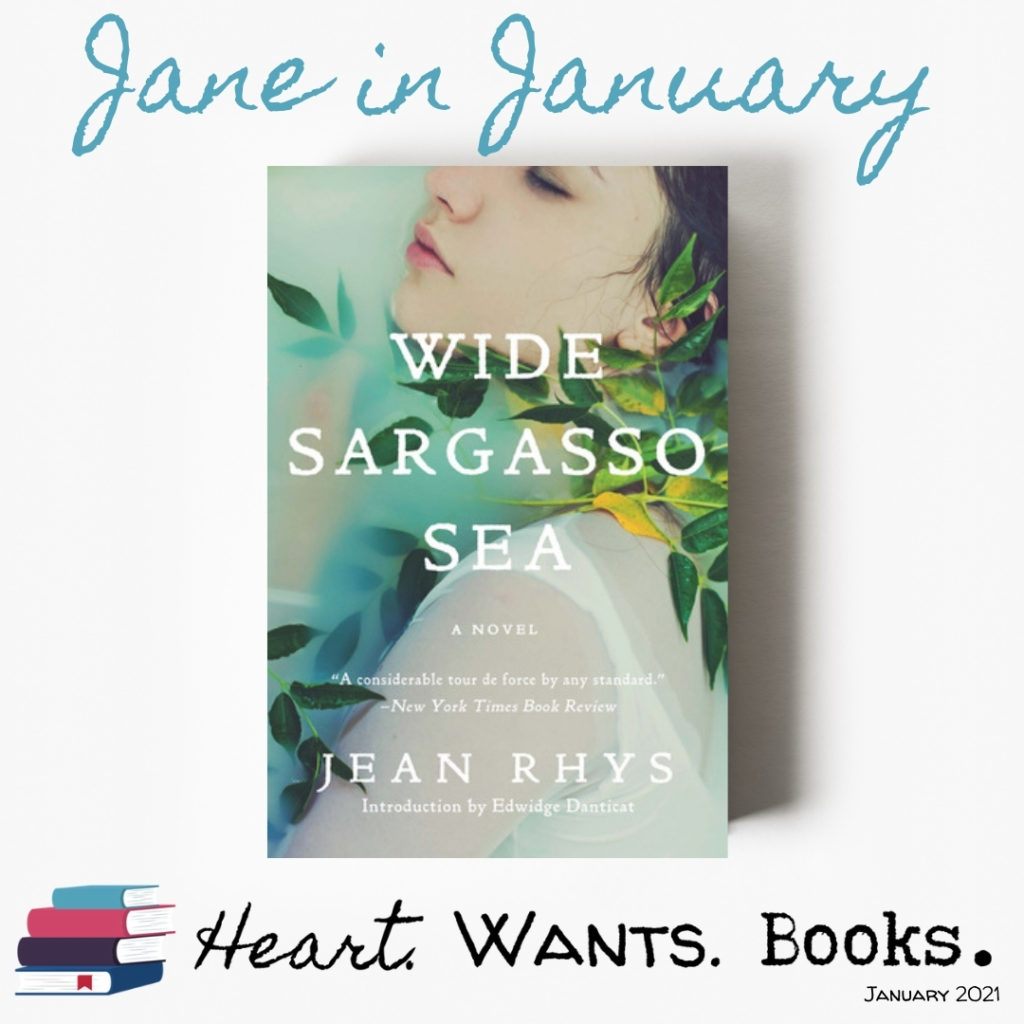
PLEASE SUPPORT US WHEN YOU SHOP BY FIRST CLICKING ON THE IMAGES BELOW:


